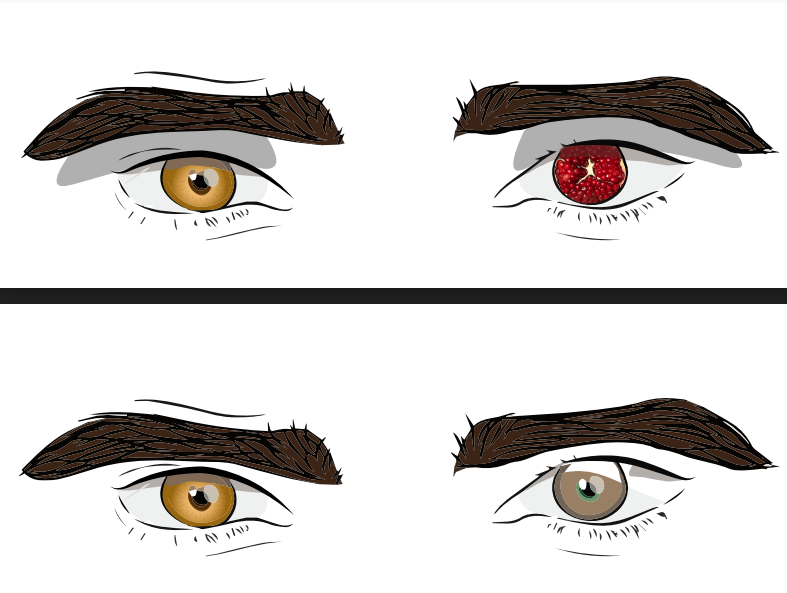‘Midnight Sun’ brings waves of nostalgia to readers everywhere
November 6, 2020
Midnight Sun is the newest book in Stephanie Meyer’s Twilight universe and the first one to be published in almost ten years. The series follows human Bella Swan and vampire Edward Cullen’s star-crossed love and the resulting conflicts. The four books in the Twilight series are told from Bella’s point of view, but in Midnight Sun, readers have the opportunity to experience the story they secretly obsessed over in middle school all over again, but from Edward’s point of view. Let the swooning or uncomfortable silence begin!
Essentially, the book is an almost word-for-word copy of the original’s character dialogue, but with Edward’s inner monologue as narration, instenidying the original plot. In viewing the well-known love story through Edward’s eyes, readers are also exposed to his internal conflicts. Edward is forced to balance his vampiric instinct to harm Bella and his genuine care and intrigue for her. Feelings of guilt, envy and sadness plague Edward throughout the book, as he is forced to confront the inevitable disaster of loving a human. When it comes to Edwards’ thoughts, everything is laid bare — his fear and love for Bella, his complex and dark past and his failure to justify his actions with Bella.
When Stephanie Meyer first announced that she was planning on releasing Midnight Sun, put on hold years ago because of the unauthorized release of excerpts, I was ecstatic. I was reminded of the embarrassing posters that hung on my wall and the weekends I spent watching the series repeatedly. Reading the first chapter transported me back to rainy and cold Forks, Washington, and waves of nostalgia rolled over me as I read the familiar character catchphrases and motifs.
The series itself revolves around several archetypes, like forbidden love. Obviously a relationship between a human and vampire isn’t ideal, and the same ones are reflected in its companion. Yet one archetype that is lacking is the moral or lesson learned. Rather than teach an important lesson, Midnight Sun aimed to offer a different lens in which readers could experience a story they loved so much as young teens. Reading the series again, as an adult, also created different experiences that were not there when I first read them as a teenager: there were times when I blushed at the cliche and uncomfortable flirting, and times when I laughed at how ridiculous it was that Edward literally broke into Bella’s home to watch her sleep. I was reminded of a time when I was naive enough to think those were the ultimate relationship goals.
Overall, Midnight Sun offered massive waves of nostalgia and longing for times when midterms were not a thing. However, like the other Twilight books, Midnight Sun is simple in writing. Stephanie Meyer was never known for her sophisticated prose, and Midnight Sun is not a surprise in that regard. It is definitely more of a beach read than a book that prompts thought provoking questions. Although Meyer attempted to offer proof of Bella’s personality, the criticisms of her one dimensional persona have been popularized excessively to the point where her character traits cannot be re-written. For those who enjoyed the previous Twilight books and still swoon over Robert Pattinson, Midnight Sun is a must-read. Secretly, on rainy days when online school is not the mood, and I’m longing for simpler times, I plan to crack open Midnight Sun again.












